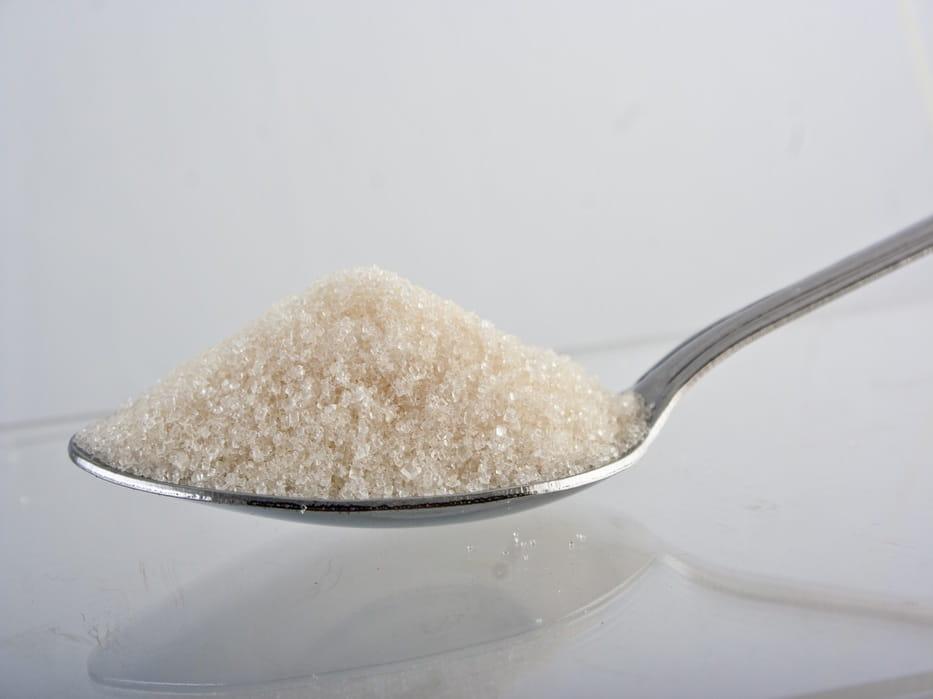October was a period of strong appreciation in negotiations for the 50-kg bag of crystal sugar with Icumsa 180 to 150 in the Ribeirão Preto region. Between September and October, prices rose 8.70%, following a 7.31% increase seen in the comparison of averages between August and September. These two months, followed by gains of just over 7% in the margin (current month against the immediately preceding month), show a scenario of scarcity of crystal sugar supply in this closer comparison horizon.
This is because, as the current 2024/25 crop progresses toward its end, mills have been working more on the production of hydrated ethanol and VHP sugar than on the production of crystal sugar. Besides, SAFRAS & Mercado warns that the seasonal pressure for an increase in domestic demand that occurs in the third and fourth quarters of the year has already shown clear signs of emerging in September, which strongly contributes to the continuation of higher prices until December this year.
It is in this sense that SAFRAS & Mercado estimates that, in addition to the growth in the average trading price of crystal sugar in the physical market from BRL 138 to BRL 150 per 50-kg bag, for crystal sugar with Icumsa 150 in the Ribeirão Preto region, between September and October, there will be a new growth toward the level of BRL 153 in November. With this, September and October, which had margin gains of 7% and 8%, will give way to a month (November) with margin gains of 1.8%.
This reduction in gains from the average of 7% to 3% will not necessarily represent a weakening of the market, since the price pattern of BRL 153 per bag should be positioned almost 5% above the 5-year average for the same period in November, with this average price corrected by inflation and converted to present values.
Basically, the crystal sugar market finds a fourfold scenario of support for its physical prices. Firstly, the current crop is moving to its completion, then there is a preference by mills for the production of VHP sugar and hydrated ethanol. Moreover, we have the failure of the current crop itself, which further reduces the availability of cane supply for sugar production and, finally, we have the extra demand for sugar from domestic food-processing industries to meet the seasonally high consumption at the end of the year due to the Christmas, New Year, and Carnival festivities.
Although the sum of these factors is strong enough to easily raise crystal sugar prices to the level of BRL 160 per bag by January and February, SAFRAS & Mercado warns of possible vectors that neutralize the decline in prices. The first of these is the rain that began thirty days in advance of the rainy season in the Center-South region. Historically, the rainy season begins in November and lasts until March of the following year.
However, now in 2024, the rain began in the second week of October, practically a month before the official rainy season calendar. Of course, before this, the cane fields in the Center-South region faced a six-month drought, which began in the second half of April and lasted until the first week of October. However, these thirty days of early rains (which were actually of light to moderate intensity) already represented a strong vector of improvement in the cane fields of the Center-South region, which are showing visible patterns of improvement. All of this will allow crystal sugar to find a ceiling in its price hike until the end of the year.

